Today, we will discuss the Dan Clark Audio E3 Closed-Back headphones and briefly compare them to a couple of closed-back headphones, the more expensive flagship DCA Stealth and the same-priced Meze Liric headphones. This article will primarily discuss my impressions of the E3 headphones regarding build quality, look and feel comfort, and sound quality.
Dan Clark Audio says the E3 is their midrange closed-back. Right out the gate, while it may be less expensive than flagship top-tier headphone pricing, the sound of the E3 is far from midrange!
I am primarily an open-back headphone listener as I prefer them to closed-back headphones; however, Dan Clark and his fantastic team have been able to take a closed-back headphone and make it sound very open in presentation, and when it is driven adequately with good amounts of current the E3 exceeds the performance when it comes to sound quality of many other $1999.99 headphones.
The E3 uses an all-new 5th generation driver and DCA’s pioneering Acoustic Metamaterial Tuning System, or AMTS, which places AMTS material between the transducer and ear, integrating waveguides, diffusion control, and resonators, helping to eliminate standing waves and control high-frequency response.
Some new changes that Dan and the team implemented into the E3’s AMTS have allowed for a top end that sounds more extended while maintaining a fairly accurate tone. The E3’s AMTS helps reduce sensitivity to seal for better bass performance, which is superb for those who wear glasses when listening.
DCA put extensive research and development into the new E3 driver. Using new diaphragm materials with optimized V-Planar knurling helps the headphones have low distortion and superb detail.
Not many specifications are available on DCA’s website for the headphones regarding Frequency response, with only “Yes, it has one” listed on the website, which is pretty good humor from Dan and the team.
The headphones weigh 455 grams and have an impedance of 27 ohms, a sensitivity of around 90 dB/mW, and less than .1% distortion. You will want a proper headphone amplifier for the E3 to reach its full potential in sound quality. For my preferences, around 1.5 watts or more of good amplification should do the trick.
I was a bit worried when I heard the E3 used Gorilla Glass in its design as the other set of closed-back headphones I had reviewed previously with Gorilla Glass from Sennheiser the HD820 were unfortunately not to my liking.
I am happy to report this is not the case with the E3 headphones and the Gorilla Glass; with the superb pattern behind the glass and Dual-Mode Bass Port, an innovation from DCA, create a spectacular visual design along with the improved functionality of the dual-mode port helping to deliver excellent bass control and bass performance with no bleed into the midrange.
Build quality is top-notch, as it has been for all the DCA headphones we have featured recently. The E3’s excellent self-adjusting headband system, soft and comfortable pads made from Japanese protein leather on the outside, and vegan suede on the contact surfaces with good depth and internal perforated lining, superb cup ergonomics, and reasonable weight make the E3 a pleasure to wear.
The E3, thanks to the excellent gimbal design used in many of Dan Clark’s headphones and overall pretty good isolation, allows the headphones to pack up quite well in their included travel case so you can easily take them to the office with you or on your travels.
I recommend burning in the headphones for around 80-90 hours before you make any final judgment on sound quality, but that is a best practice we use for all headphones we review.
The E3 comes with your choice of 2m Vivo Cable and an excellent zip-up travel case. Let’s get into my impressions of the E3 regarding sound.
One of my favorite albums since its release is from December 2020, Tripping with Nils Frahm, a brilliant 1-hour and 16-minute live recording that takes you on a journey.
From the first track of the album, paired with my pendant tube amplifier fed by my Hugo 2 as the DAC in my office on filter two, I knew Dan Clark had created a unique set of headphones.
The top end of the synthesizers and keys played throughout the album, met by the powerful, robust, and dynamic bass lines, rendered with finesse, power, and excitement from start to finish, hooked me from the first listen.
Usually, I like to bounce around when reviewing headphones to get a feel right out the gate of how they perform with different genres of music. Still, the E3 headphones rendered one of my favorite albums with such grace and excitement that I refused to listen to anything less than the entire album.
Another great thing about this album is the ability for headphones or speakers to show you what they are made of regarding subtle details, imaging, and sound stage size and depth.
The E3 didn’t disappoint me as the headphones have an open back level of sound stage width and depth, which performs better than many open-back headphones I have heard at this price or, in some cases, even more expensive.
Subtle details such as Nils fingers playing the keys, the pressure of the key strikes, and the sounds of the crowd, whether quiet coughs or cheers, were so easily placed on the remarkable soundstage of the E3 headphones.
The bass of the E3 headphones reaches reasonably deep in the sub-bass and has a good mid-bass punch, which adds to the excitement of their sound. The bass isn’t over-pronounced but performs well when asked to, and, more importantly, sounds tight, realistic, fast, and balances reasonably well with the rest of the tuning of the headphones.
If you own the DCA Noire, the E3 does an even better job of managing any mid-bass bloom, allowing the mid-range to sound very open, refined, and articulate. The vocals sound very present and well-defined when listening to Dire Straits Brothers in Arms' album. Strings have superb definition, speed, and a very good body for the electric guitar.
Potential buyers should be aware of a lift in the upper mid-range and treble regions if you are highly sensitive to these areas. However, this tuning works well with tube amplifiers, especially warmer leaning ones like the Woo Audio WA22, giving a very synergistic sound quality.
Nevertheless, these are exciting lean-forward headphones, not necessarily a laid-back type of sound. You will likely want to rock out or tap your toes when listening. This tuning allows percussion instruments in the upper midrange and lower treble region to stand out on mixes.
Even if they have a bit more presence and emphasis in the upper midrange and lower treble regions, I wouldn’t necessarily put the headphones for this portion of the FR in the category of fatiguing or bright.
Still, as always, this will come down to your ears, audio chain, and preferences. Percussion instrument lovers, Jazz heads, or live music listeners of well-recorded music will likely appreciate the lift in the upper mid-range and treble regions.
Listening to AC/DC’s Razors Edge album, the E3 sounded good overall when listening with my tube amps, not sounding too harsh or fatiguing, which was surprising considering the amount of focus in the upper mid-range and treble regions rendering the album with emotion, led by the electric guitar, percussion, and vocals.
Listening to recordings that may not have the best production with my solid-state Chord Hugo 2 or TT2, there was a bit too much upper midrange and lower treble energy from the E3 for my preferences with some poorly recorded rock, alternative, and metal.
So, if you are a big metal, hard-rock, or alternative listener, careful amplifier pairings and or some EQ in those regions will do the trick to make them sound more enjoyable for sub-optimal recordings.
Dynamics and speed are terrific, especially if you enjoy a heightened sense of immediacy when listening to music, as string plucks are fast, drum strikes are quick, and the decay is also rapid.
The E3 has good overall timbre, with instruments and vocals sounding fairly natural and pleasing. The headphones lean more analytical regarding sound, and I can see some listeners wanting a little less cymbal and percussion presence. Still, on the flip side, many will find the timbre and tone of instruments excellent for their preferences.
Comparing the Stealth with the E3, the Stealth is noticeably more comfortable with less clamp force and lighter overall weight for double the price. I also prefer the visual design and build of the Stealth to the E3.
Sound-wise, the E3 has more upper midrange, treble, and bass emphasis. The Bass emphasis of the E3 is an area I like over the Stealth’s bass response, which sounds more neutral and less impactful.
However, I prefer the more subdued sound of the Stealth's upper mids and treble regions when compared to the E3 for my preferences, especially in a closed-back tuning. I wouldn’t say the tuning of the Stealth is laid-back sounding, but when comparing it to the E3, it is very noticeable how much more energetic and forward they sound in the upper mids and treble regions.
For the price of the E3, you still get the fantastic sound staging, detail, and resolution in the Stealth, plus a fascinating, exciting quality sound. Many listeners will prefer the E3 over the Stealth headphones.
Comparing the E3 with the Meze Liric, build quality and comfort are both top-notch. Both headphones are very portable and visually well-designed. However, for my preferences, I would choose the Dan Clark Audio E3 headphones over the Liric as the tuning of the Liric headphones, which many will love, isn’t my cup of tea.
The highs sound artificially boosted along with the upper midrange, which, for my preferences, is a no-go, especially in a closed-back headphone. I love Meze headphones, don’t get me wrong, but the Liric headphones, and I don’t jive well.
Let’s break it down a bit more before we wrap up with my conclusion. Listening to Enya’s humming. The E3 presents better more realistic bass, with no bleed into Enya’s vocals while the keys and synths still sound clean and defined.
Compared to the Liric, the Liric pronounces the bass and treble regions too much, with not enough mid-range warmth for the vocals, giving Enya’s vocals a shouty, unnatural, and fatiguing quality.
I will leave it at that. So, if you are trying to decide between those two headphones, my vote is clearly for the DCA E3 or one of Meze’s openbacks.
As always, we recommend listening to all audio products yourself, as we all hear a bit differently, and the only person who should tell you what type of sound signature to love is you!
My favorite DCA headphones remain the DCA Expanse and Corina. Those two headphones knock it out of the park for me, and it will be interesting to see if Dan and the team can come up with a baby Expanse set of open-back headphones but a mid-priced version as they have done with the E3!
If you are interested in trading up your old headphones, amplifiers, or other gently used audio gear for a new set of headphones or a new amplifier, check out our trade-up program, and don’t forget we will price match, other authorized dealers!
We have some cool videos coming this year with new product announcements, so please consider subscribing to our YouTube Channel today!
From $150 earphones to multi-million-dollar home audio, cinema, and automation systems, TSAV is a HiFi enthusiast's paradise for building the system of your dreams.
So, let’s start the conversations in the article comments on what you think of the DCA E3 compared to these other two headphones! Until next time, friends, remember, let the music be your guide!

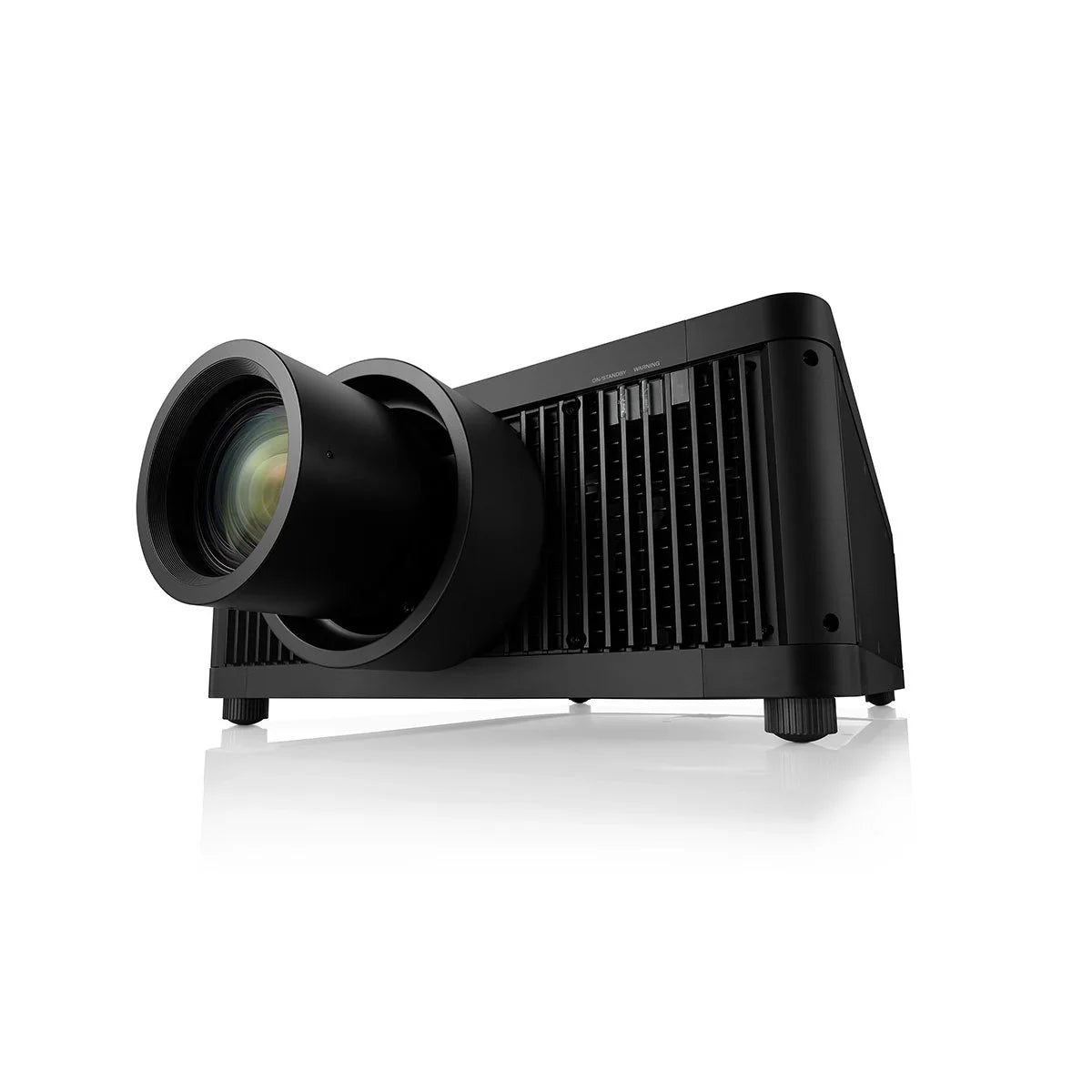
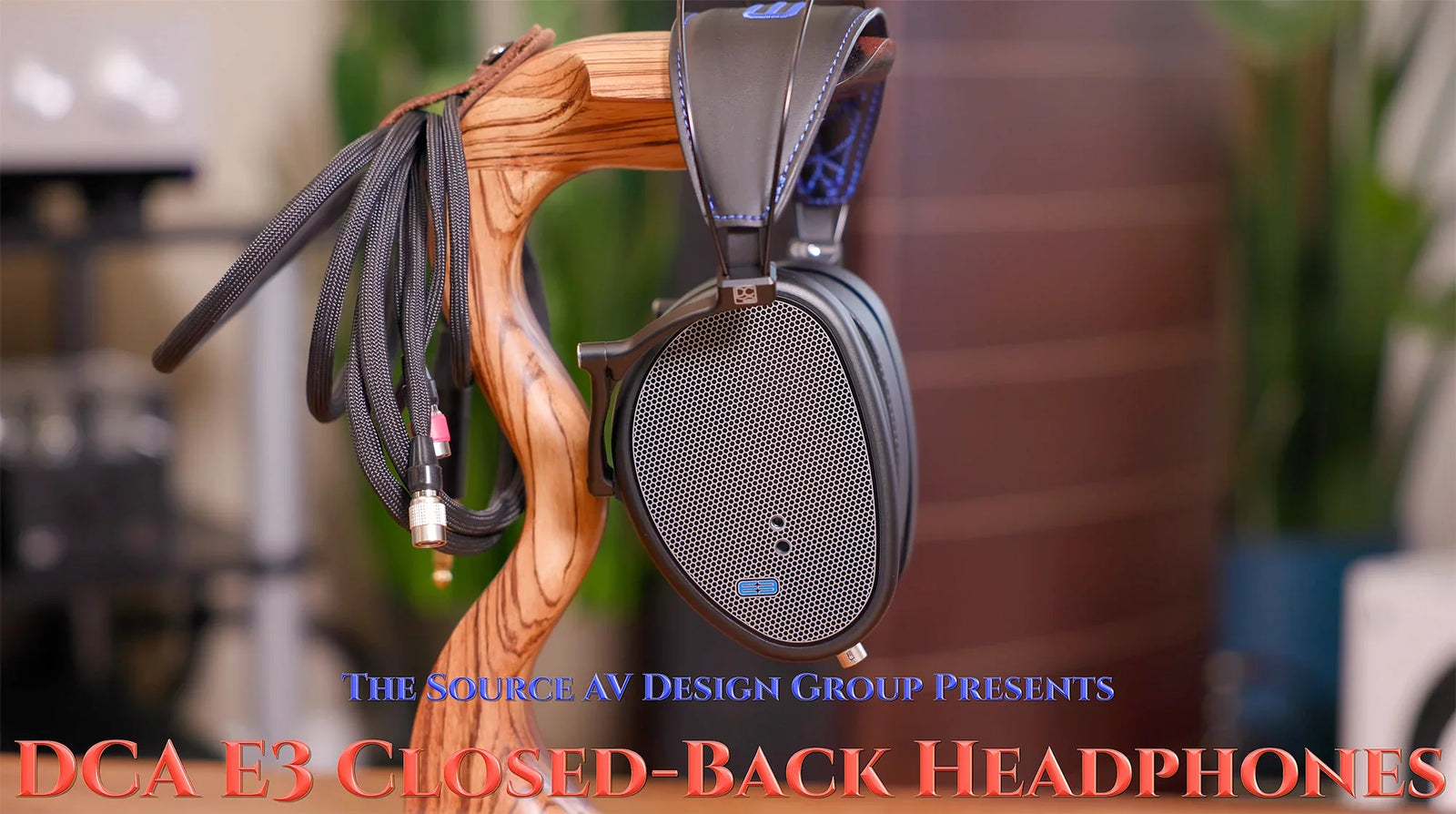





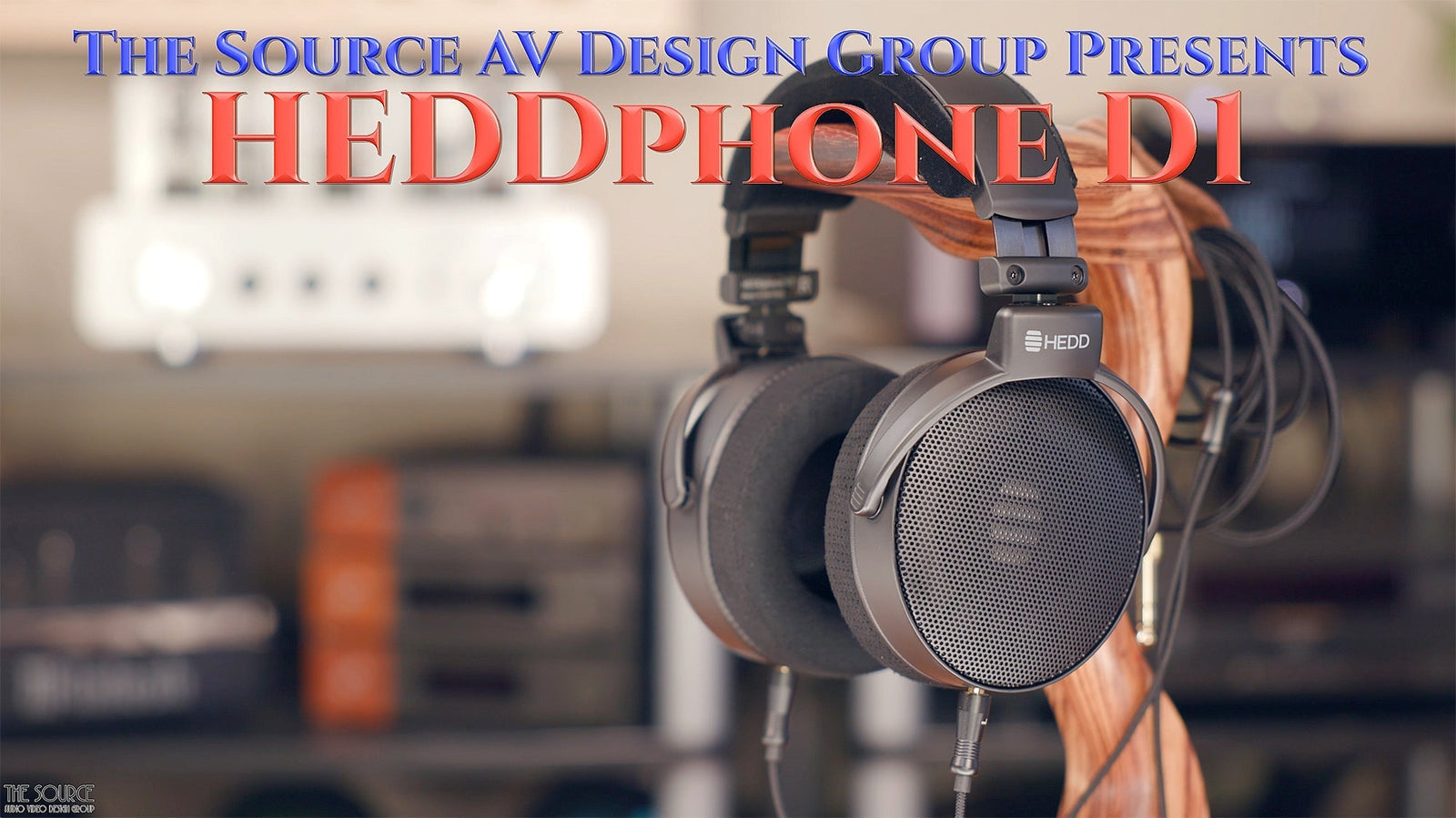
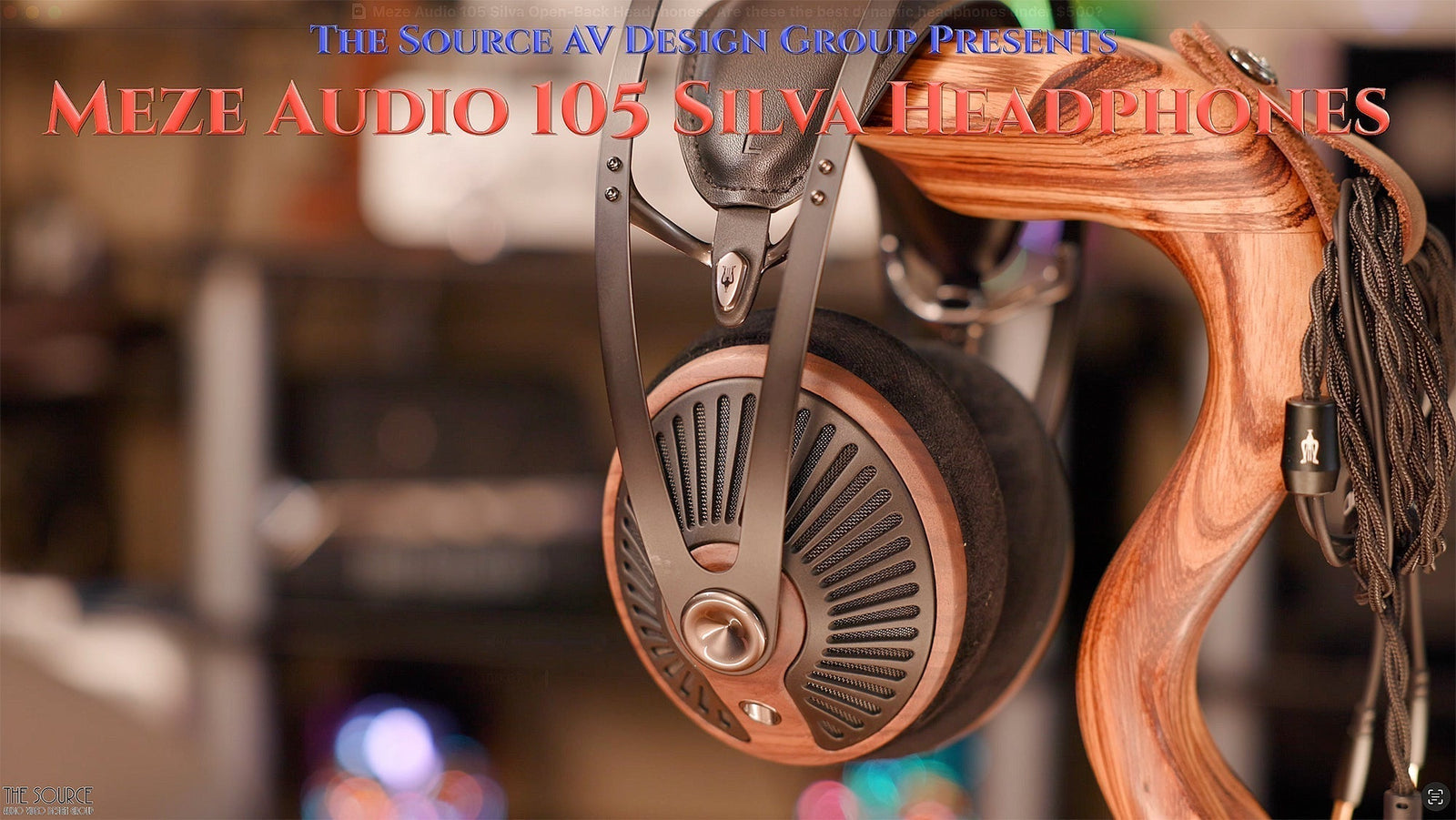
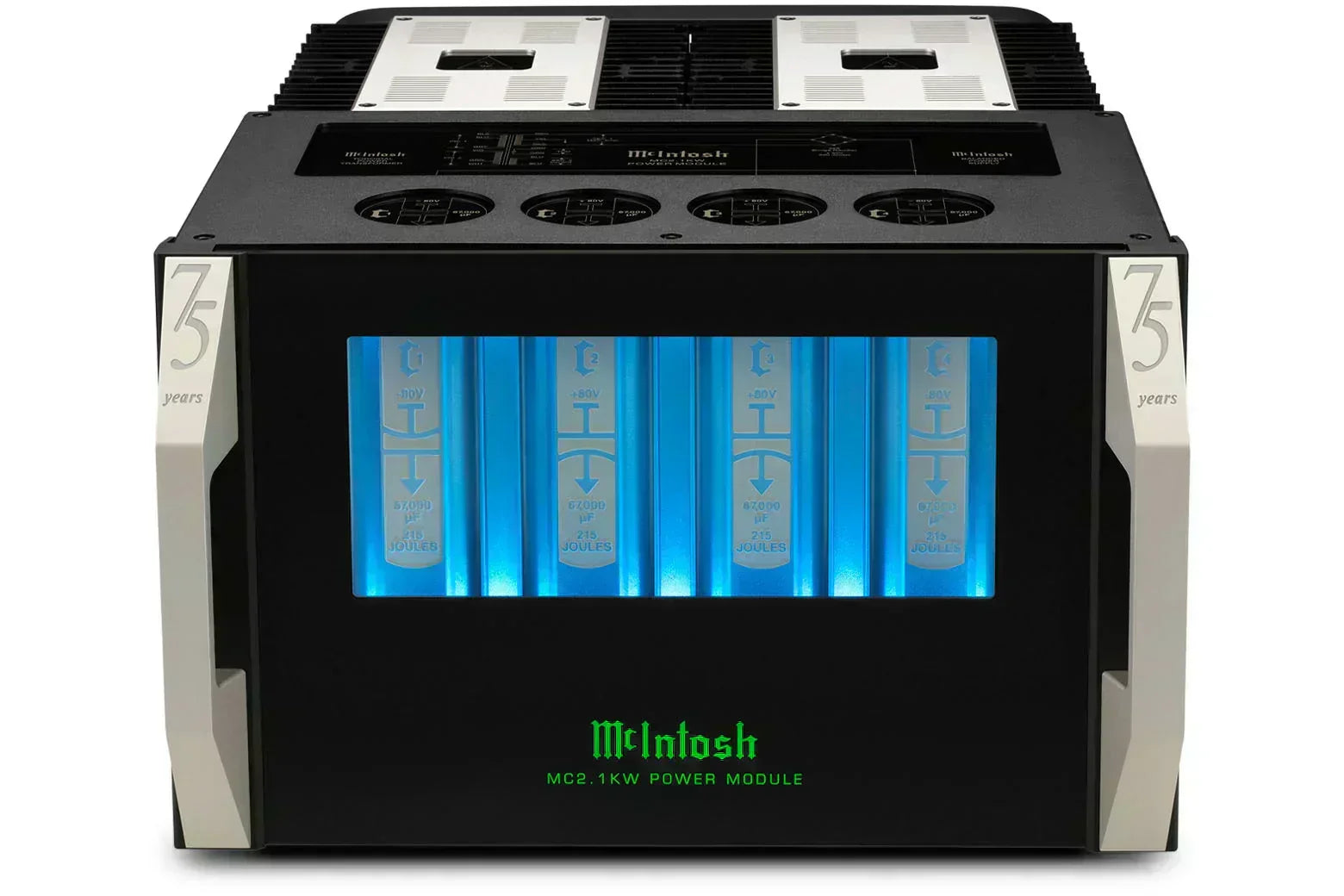
Leave a comment (all fields required)